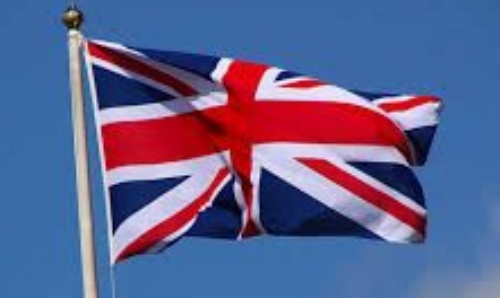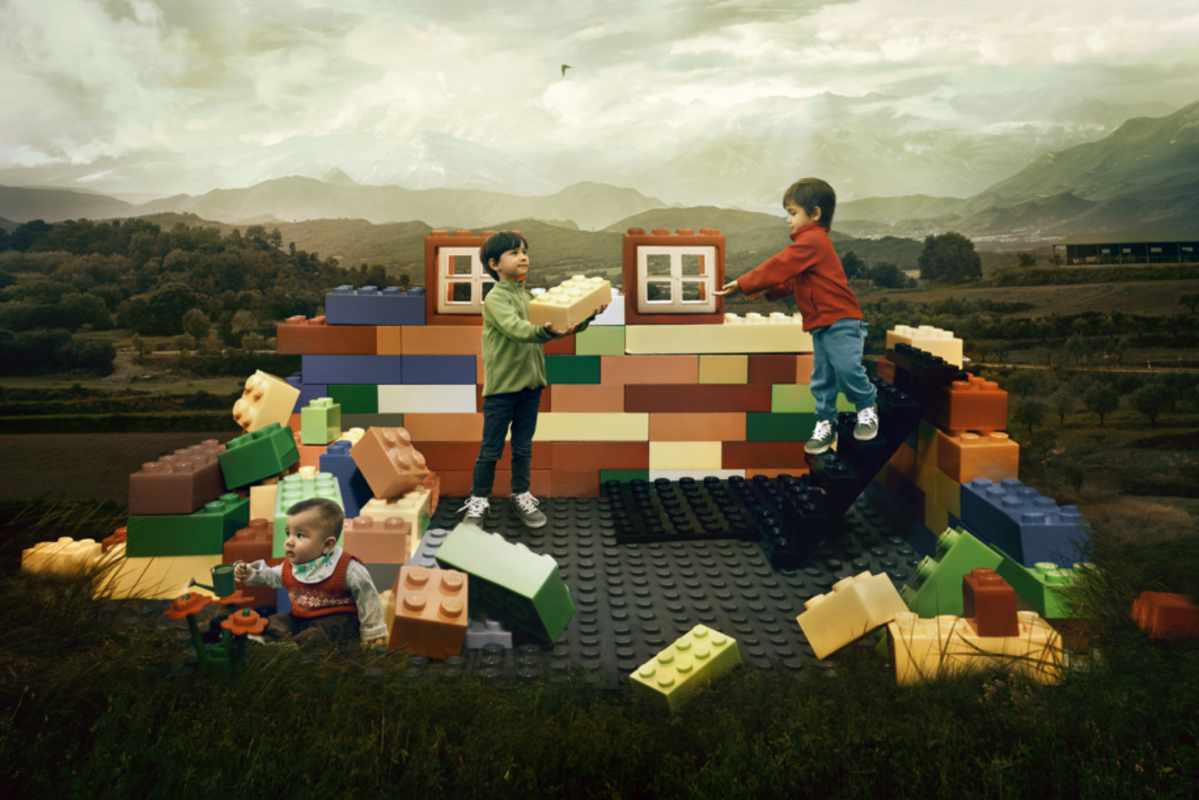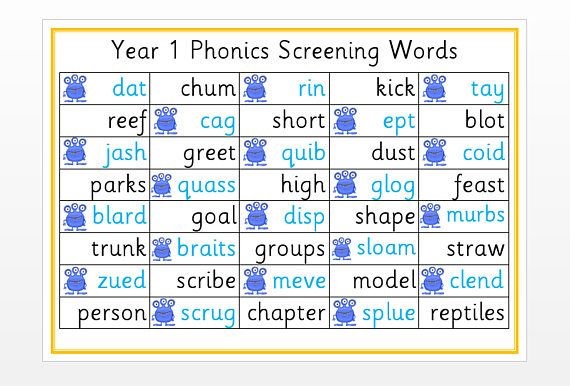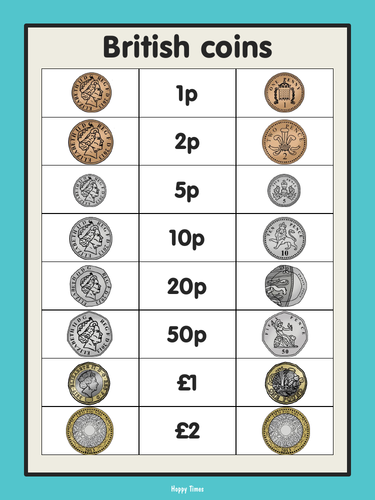Year 1 & Year 2 week 6 6th July

Big Talk
Have a look at the picture and then talk about the questions below.

Who are the team that are building the Lego structure?
What is it you think they are building?
Why do the team of builders need to work quickly?
How long do you think it will take them to finish?
Have you ever built anything before?
What skills must a builder possess?
What obstacles/challenges might the builders face?
Which of the builders do you think is in charge?
Where are their parents?
Perfect picture!
Can you draw a picture of what the house might look like when it’s finished?
These sentences are ‘sick’ and need help to get better. Can you help to make then more interesting by using adjectives and adverbs? For example – Jake carefully passed a small, yellow brick to his brother.
Jake passed a brick to his brother. They were working hard. They wanted to build a house. They wanted it to be big and nice. They wanted it to have big rooms with nice windows. They wanted to build a nice roof to keep them dry.
Phonics
Year 1
Can you read all of the words below?

Have a go at:https://www.phonicsplay.co.uk/resources/phase/5/dragons-den
Year 2
Recap on suffixes with this great game: https://www.phonicsbloom.com/uk/game/suffix-factory-set-1?phase=6
Have a look at thie video to help remind you what a suffix is... https://www.bbc.co.uk/bitesize/topics/z8mxrwx/articles/zwgbcwx
There are also some word mats at the bottom of the blog you can use to help you.
Maths – Money Year 1 & Year 2

This week is all about money. Here are some great videos to watch:
https://www.bbc.co.uk/bitesize/topics/zp8dmp3
Handling coins and calculating with money in real-life situations outside the classroom can really help children see how important money is in daily life.
During Years 1 and 2, your child will learn the different coins and notes, the symbols for pounds (£) and pence (p), and how to combine coins to make given amounts. They will solve money problems practically, adding and subtracting to give change.
Here are some ideas for fun, practical activities to help develop your child’s understanding of money and boost their confidence using money in real life.
- Play with coins
Look at and talk about coins- the size, shape, the colour and value. Can children put them in order of smallest value to largest value?
- Money dice game
If you have a pot of change and a dice this is great game to play.
Take it in turns to roll the dice and count out that many pennies.
When you have 2 pennies you can exchange them for a 2p coin, when you have 5 pennies you can exchange them for a 5p coin (and so on).
After 5 turns see who has the fewest coins? Who has the largest value of coins?
3. Set up a shop
Playing shops at home is a wonderful way of introducing children to the idea of using money through creative play.
Together, decide what to sell – raid kitchen cupboards, toy boxes, or wardrobes to create different types of shop – and price up all the items with sticky notes.
Start with penny amounts or whole pounds using numbers they can cope with. Use real or toy coins (or make coin rubbings with paper and crayons to create your own) and take turns to be shopper and shopkeeper.
Start by just buying one item and counting out the right coins to pay for it. Then encourage children to choose several items and work out totals and change. As their confidence grows increases prices and amounts.
Top Tip 1: More online shopping and contactless card or phone payments mean children often don’t see cash being used. Playing with real money can help them recognise different coins and their values.
Top Tip 2: Decimal points in money amounts can be confusing, especially for younger children. Explain that the decimal point separates the pounds and pence, so £2.99 can be read as ‘Two pounds and ninety-nine pence’.
Top Tip 3: When calculating with money, it can be helpful to convert amounts into pence first, before changing back to pounds and pence after the calculation. This helps your child keep track of where the decimal point should go. For example, to add £4.50 + £2.73, you could change the sum to 450p + 273p = 723p, which can then be turned into £7.23.
I hope these ideas have given you some inspiration for exploring money in a memorable way! Have fun!
Practical games with money will help children but we have also attached some worksheets at the bottom of the blog if you want use them.
There are also some great interactive games:
https://www.oxfordowl.co.uk/api/interactives/24483.html
https://www.topmarks.co.uk/money/toy-shop-money
https://www.topmarks.co.uk/money/coins-game
https://www.doorwayonline.org.uk/activities/cashing-in/cashing-in.html
https://natwest.mymoneysense.com/students/students-5-8/the-change-game/
https://natwest.mymoneysense.com/students/students-5-8/coin-cruncher/
English & Topic – The United Kingdom
This week we would like you to find out about the four countries and capital cities of the United Kingdom and its surrounding seas. You could share all of the information you find using a fact file. It would be great if you could use a map to find some of the answers. Here are some ideas…
Which continent is the UK in?
Can you name the four countries?
What are the capital cities?
Are there any famous landmarks?
Can you talk about the human and physical features?
What foods are traditional?
Which seas surround the United Kingdom?
Can you draw and label a map to show this?
Can you recognise the flags of these countries?
Can you find out about our seasons?
Can you learn about the Union Jack Flag https://www.abc.net.au/news/2014-09-17/making-the-union-jack/5747618?nw=0 and create your own using paints, chalks, crayons or collage?
We have attached a very informative powerpoint at the bottom of the blog.
Year 2 Science
This week on Developing Experts there is a lesson on how blood is pumped around the body. Here are more fun facts: https://www.theschoolrun.com/homework-help/human-circulatory-system
The Science Behind the Science
The heart is one of the most important organs in any animal. It is essential that fluids circulate throughout the body, through a system of veins, arteries and capillaries in higher animals and a simple system of tubes in simple animals.
In either case this forms the circulatory system and the heart is the pump that keeps blood flowing. If the heart stops then death will quickly follow.
However, in humans, heart transplants are quite common provided that the patient can be kept alive long enough to receive the donor heart. This may mean using a mechanical heart in the meantime and smaller, portable units have been developed to allow mobility in the patient.
When mechanical hearts are used this is often in addition to the patient's own heart and, sometimes, the doctors have noticed that the failing heart begins to recover, having been given a period of rest.
Recent studies have revealed the remarkable ability of the heart of the zebra fish, from the rivers of the Amazon, to self-heal when damaged. Researchers are now isolating the gene responsible for this which could lead to significant advances in the treatment of human heart disease.

